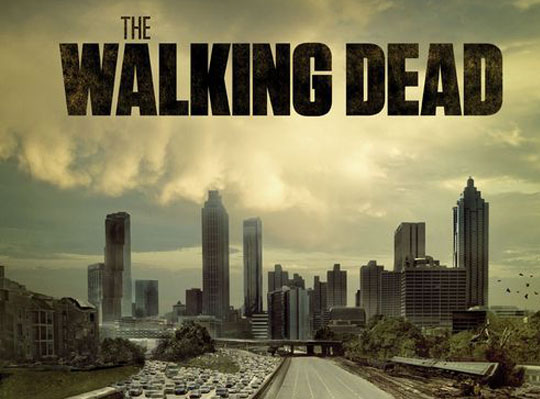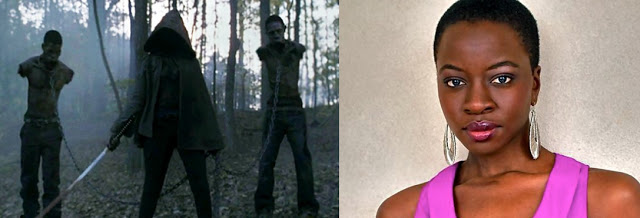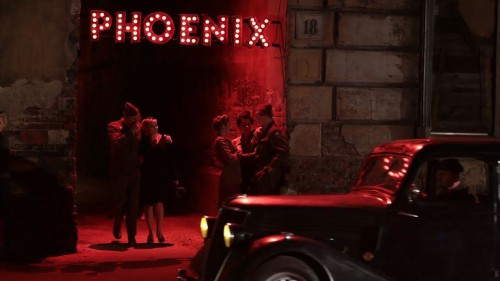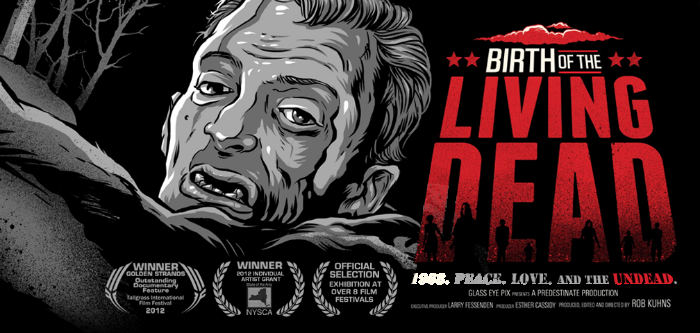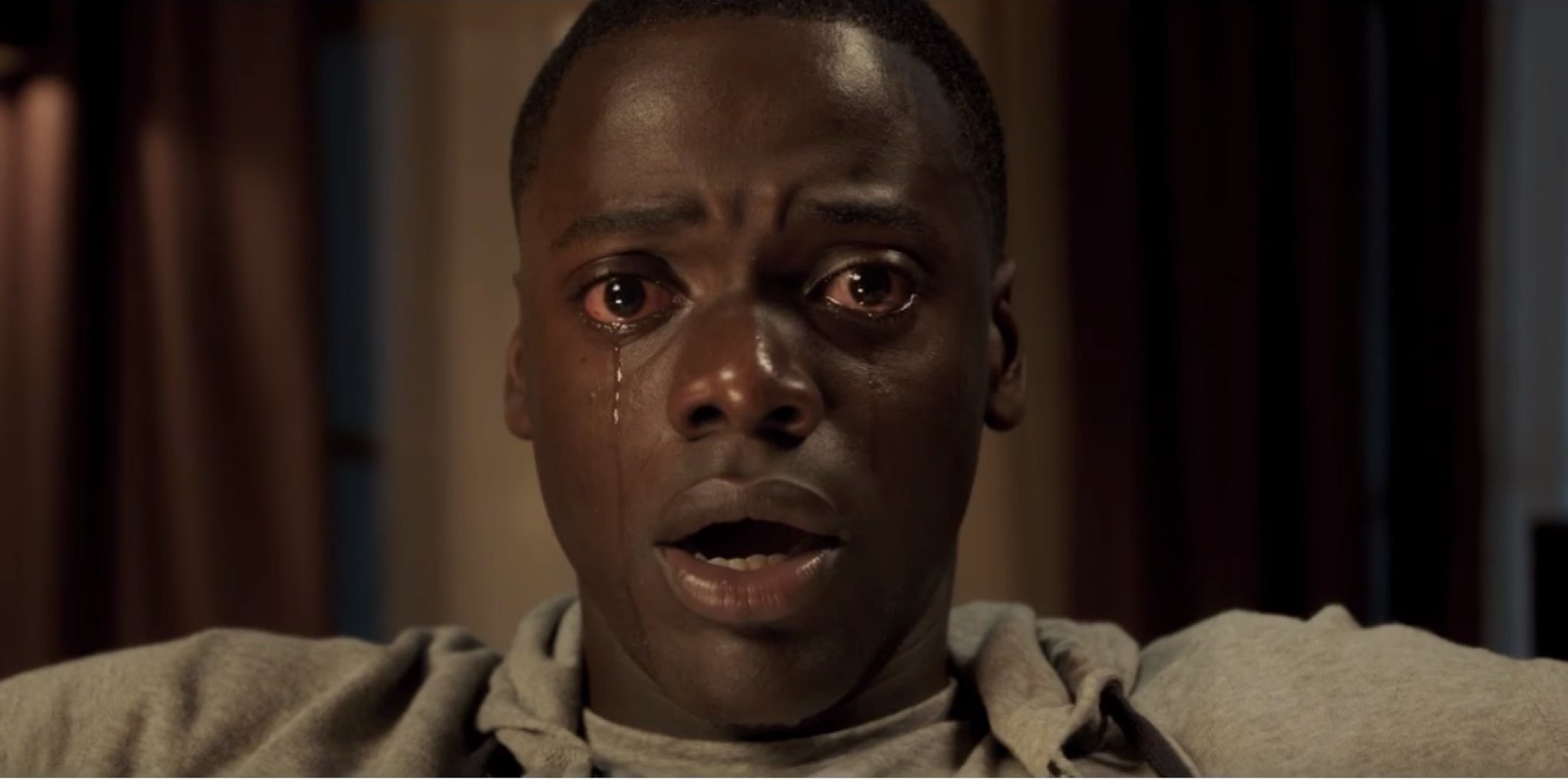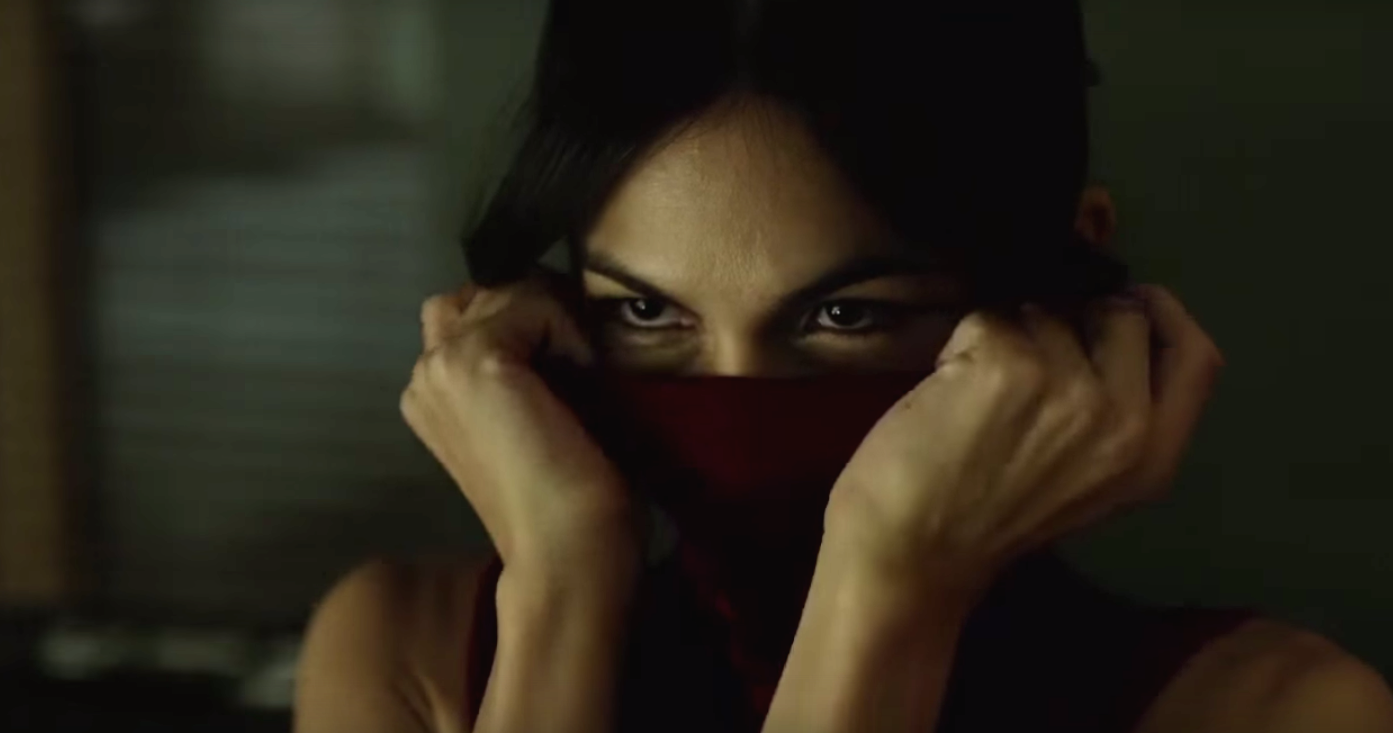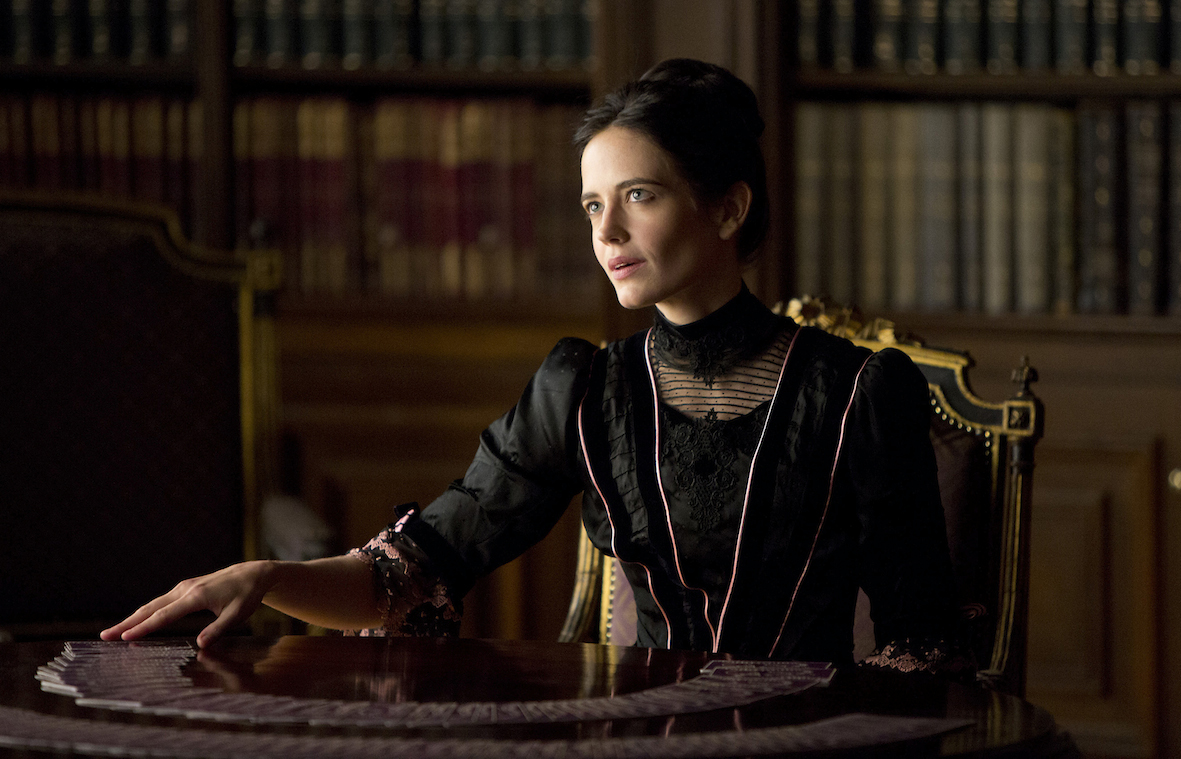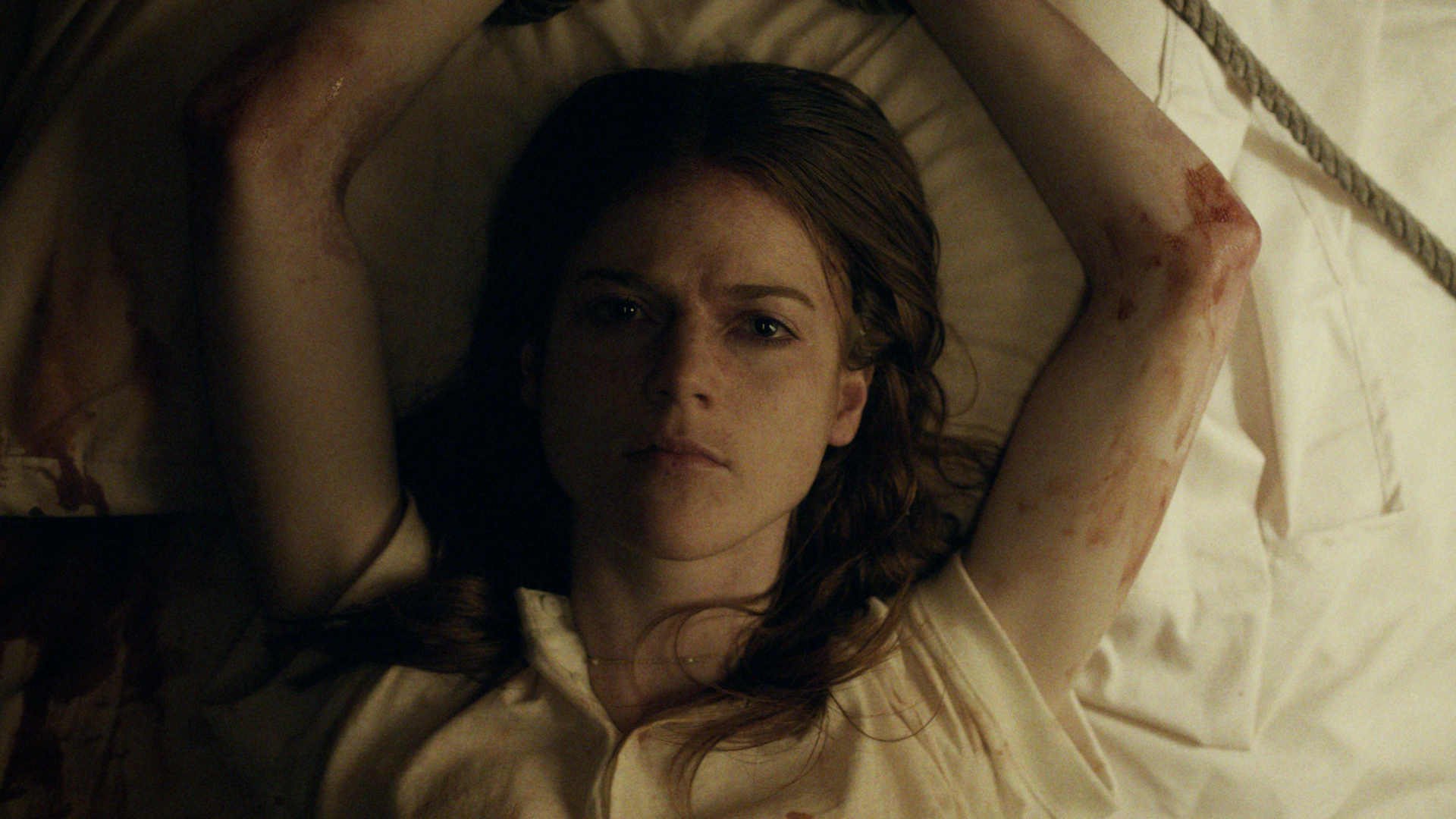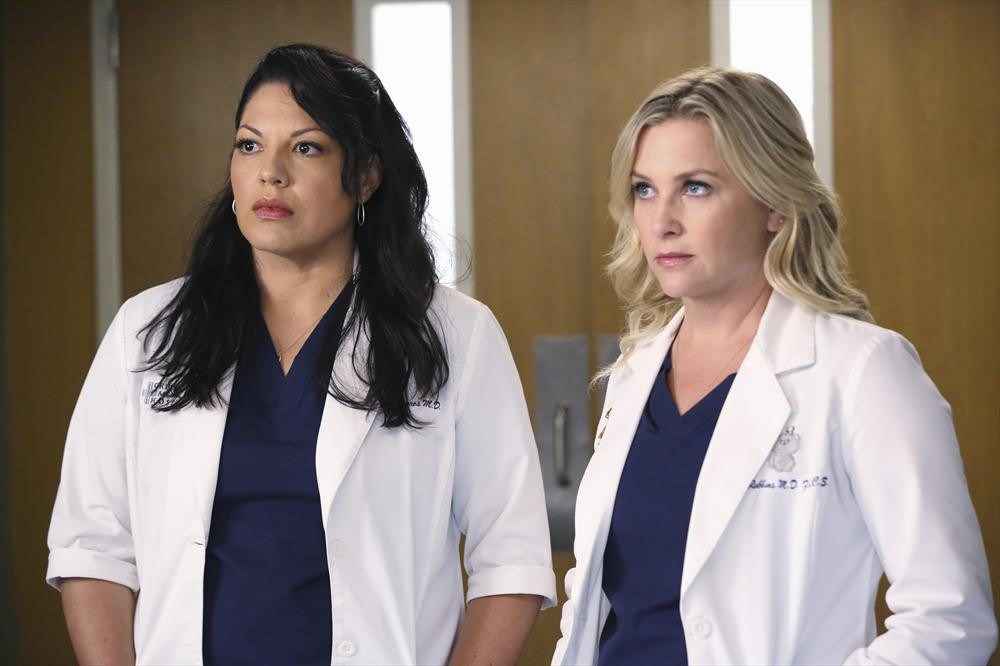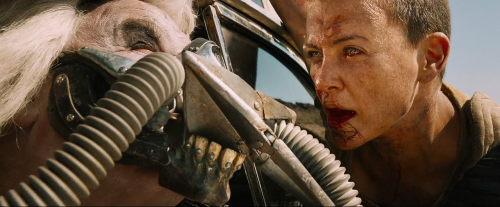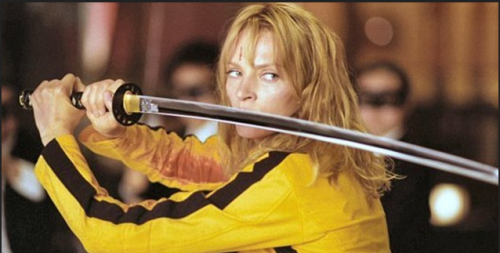Reproduction & Abortion Week: Melodramatic Clichés and Missed Opportunities: Lori’s Pregnancy in ‘The Walking Dead’
The Walking Dead This is a guest review by Rebecca Cohen. Season 2 of the AMC zombie drama The Walking Dead features a character, Lori, grappling with the dilemma of an unexpected pregnancy. Complicating matters are the slightly unusual circumstances, including uncertainty about the baby’s paternity, as well as the minor problem of a zombie … Continue reading “Reproduction & Abortion Week: Melodramatic Clichés and Missed Opportunities: Lori’s Pregnancy in ‘The Walking Dead’”
